Apple’s foray into the world of mixed-reality headsets has been a topic of much discussion and anticipation. With the introduction of the Vision Pro, the tech giant showcased its ambition to redefine the boundaries of wearable technology. However, as with any pioneering product, challenges arise. One of the primary concerns surrounding the Vision Pro is its wearability, given its size and weight. As the tech community eagerly awaits the next iteration of this device, the question remains: How will Apple enhance the Vision Pro’s ergonomic design to ensure a comfortable user experience?
Key Highlights:
- The Vision Pro is Apple’s first mixed-reality headset.
- Concerns have been raised about the device’s size and weight, potentially causing neck strain.
- Apple’s Vision Products Group is reportedly exploring ways to reduce the size and weight of future models.
- The Vision Pro is expected to launch early next year.
- Ergonomic considerations are crucial, especially for users with disabilities.

The Vision Pro: A Mixed Reality Marvel
Introduced with much fanfare, the Vision Pro represented Apple’s vision for the future of mixed-reality. Boasting cutting-edge technology and innovative features, the device was met with both excitement and skepticism. While its technological prowess was undeniable, concerns about its wearability began to surface. Weighing in at about a pound, the Vision Pro’s heft became a point of contention, especially for prolonged use.
Ergonomics at the Forefront
Bloomberg’s Mark Gurman highlighted that Apple employees expressed concerns regarding the Vision Pro’s size and weight. The company’s Vision Products Group, responsible for the headset’s development, is actively seeking solutions to make future models lighter and more compact. The challenge is clear: How can Apple maintain the Vision Pro’s technological capabilities while ensuring it’s comfortable to wear?
Accessibility: A Core Consideration
For many, the ergonomic design of a device is not just a matter of comfort but of accessibility. Especially for individuals with disabilities, the physical attributes of a device can significantly impact its usability. The Vision Pro’s potential neck strain issues underscore the importance of hardware accessibility. While software features and functionalities are vital, the physical comfort of wearing a device cannot be overlooked.
Looking Ahead: The Next Vision Pro
As Apple gears up for the Vision Pro’s official release next year, the tech community is keenly watching. Will the next iteration address the ergonomic challenges? Will Apple find the perfect balance between technology and wearability? Only time will tell. However, one thing is certain: Apple’s commitment to innovation and user experience will drive the evolution of the Vision Pro.
In Summary
Apple’s Vision Pro represents a bold step into the future of mixed-reality wearables. While its technological capabilities are impressive, the challenge lies in ensuring it’s comfortable and accessible to all users. As Apple navigates this challenge, the tech world waits in anticipation. The next Vision Pro could set a new standard for wearables, merging cutting-edge technology with ergonomic excellence.
















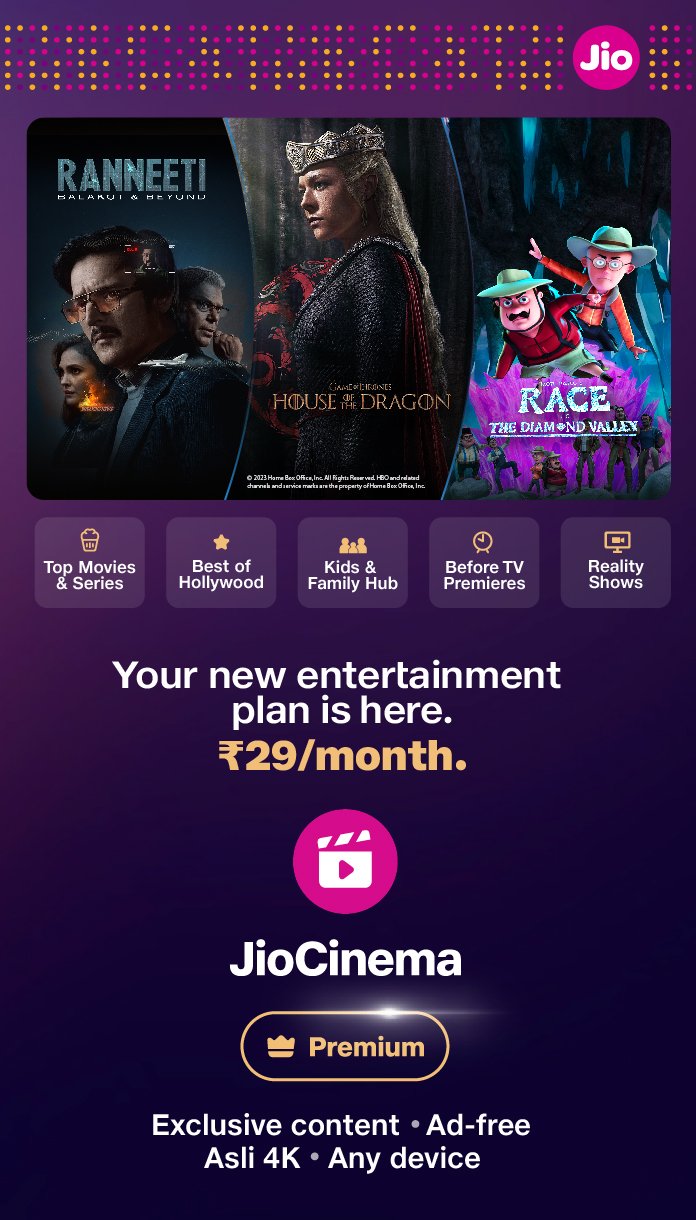
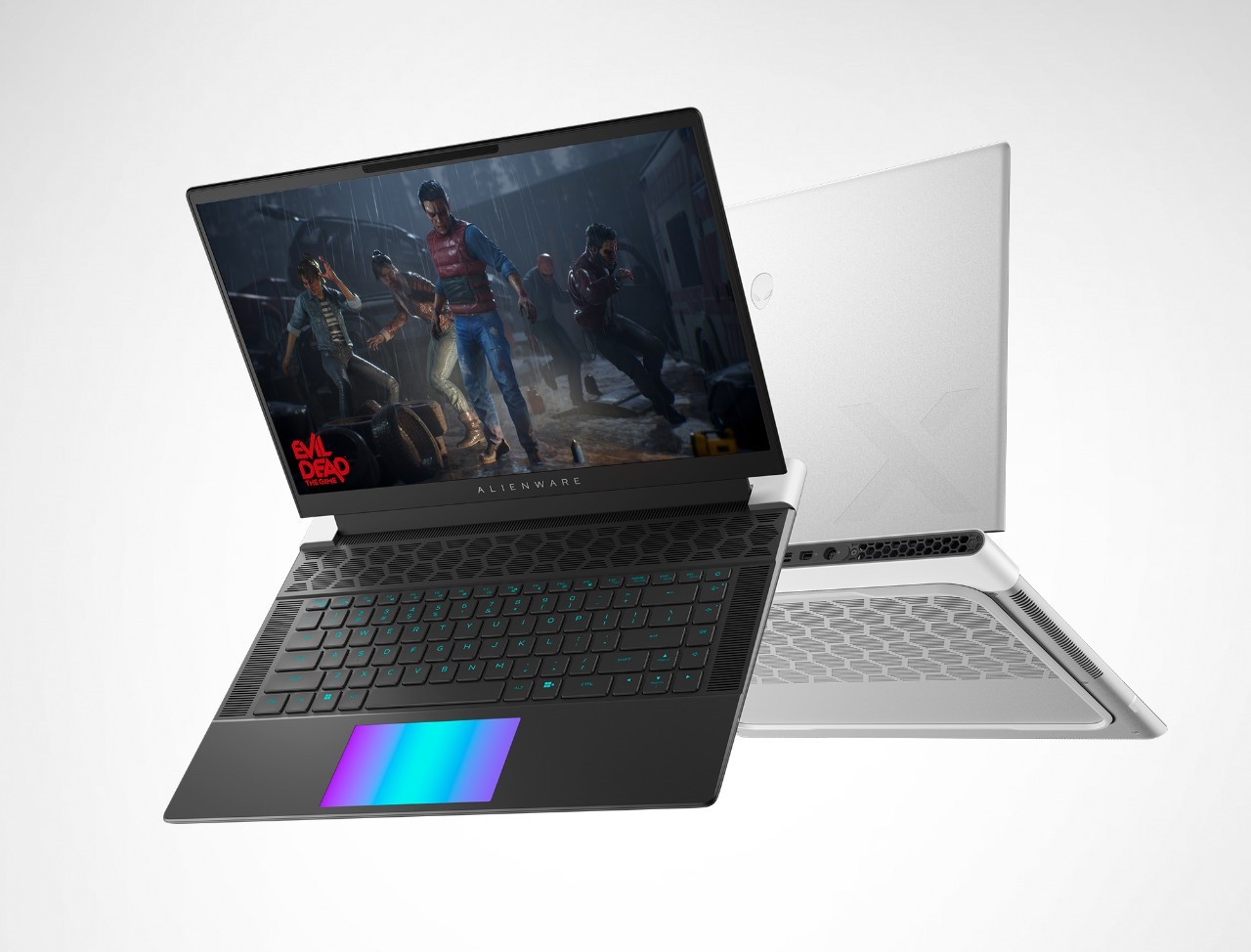

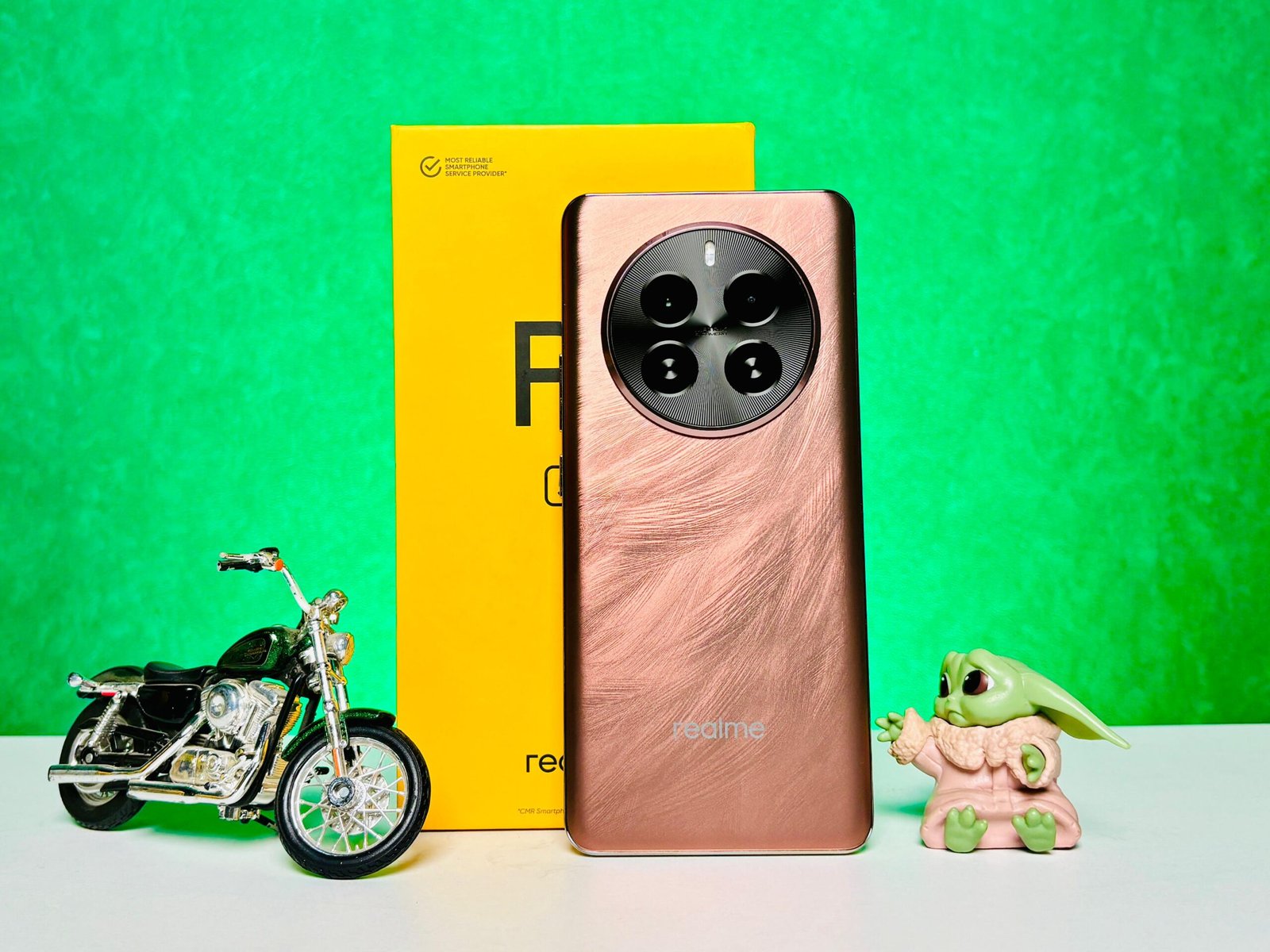
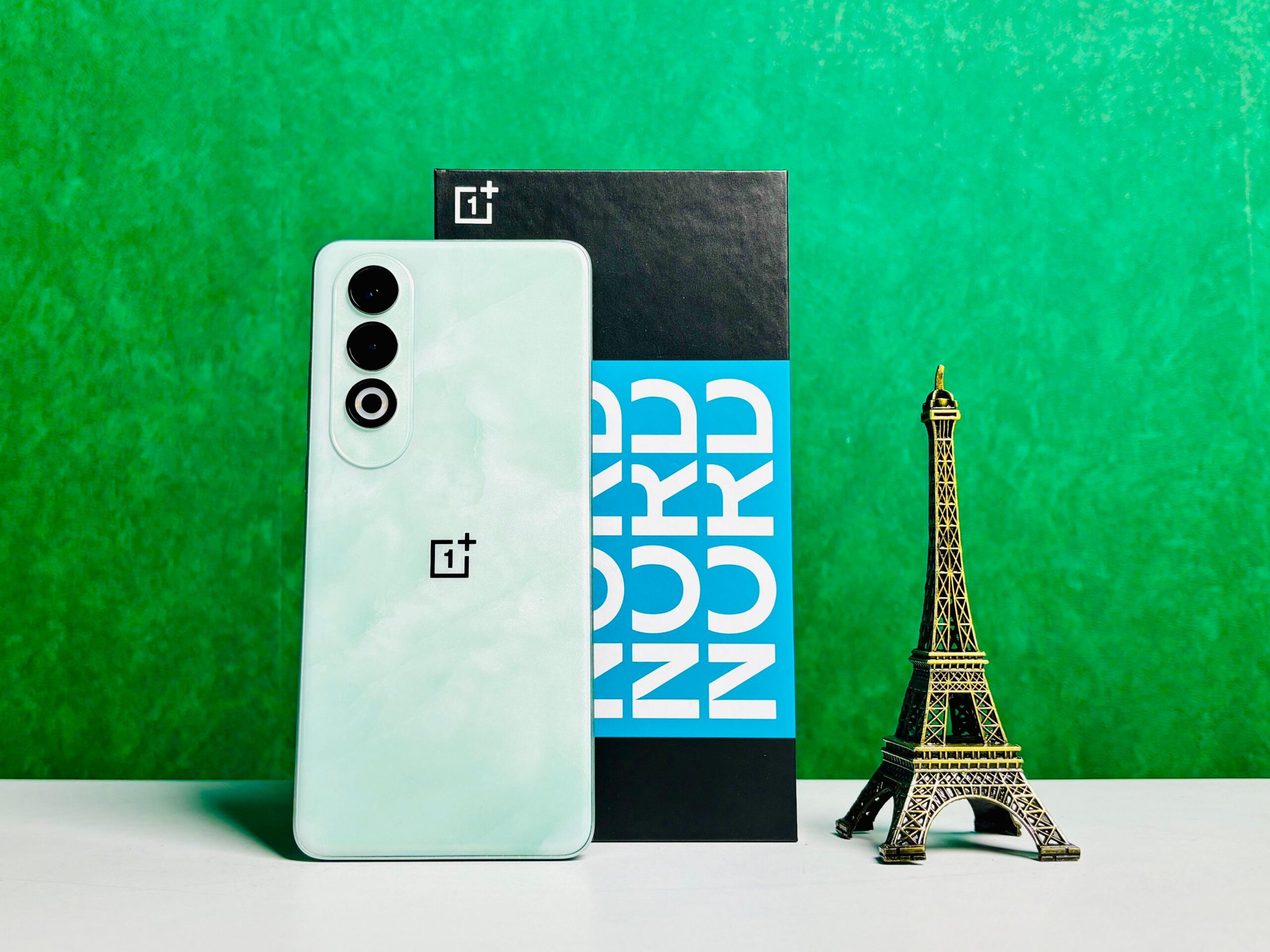

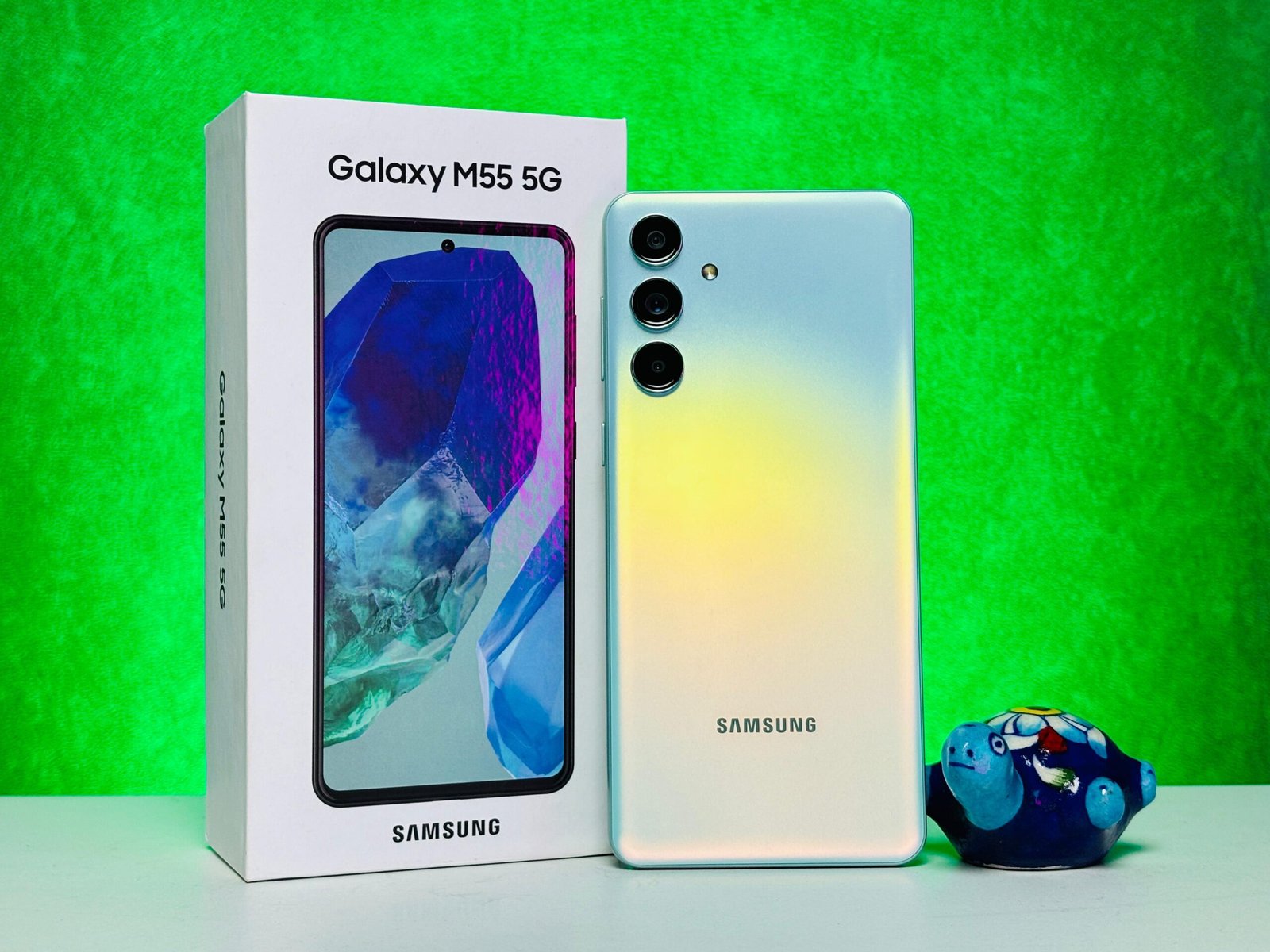
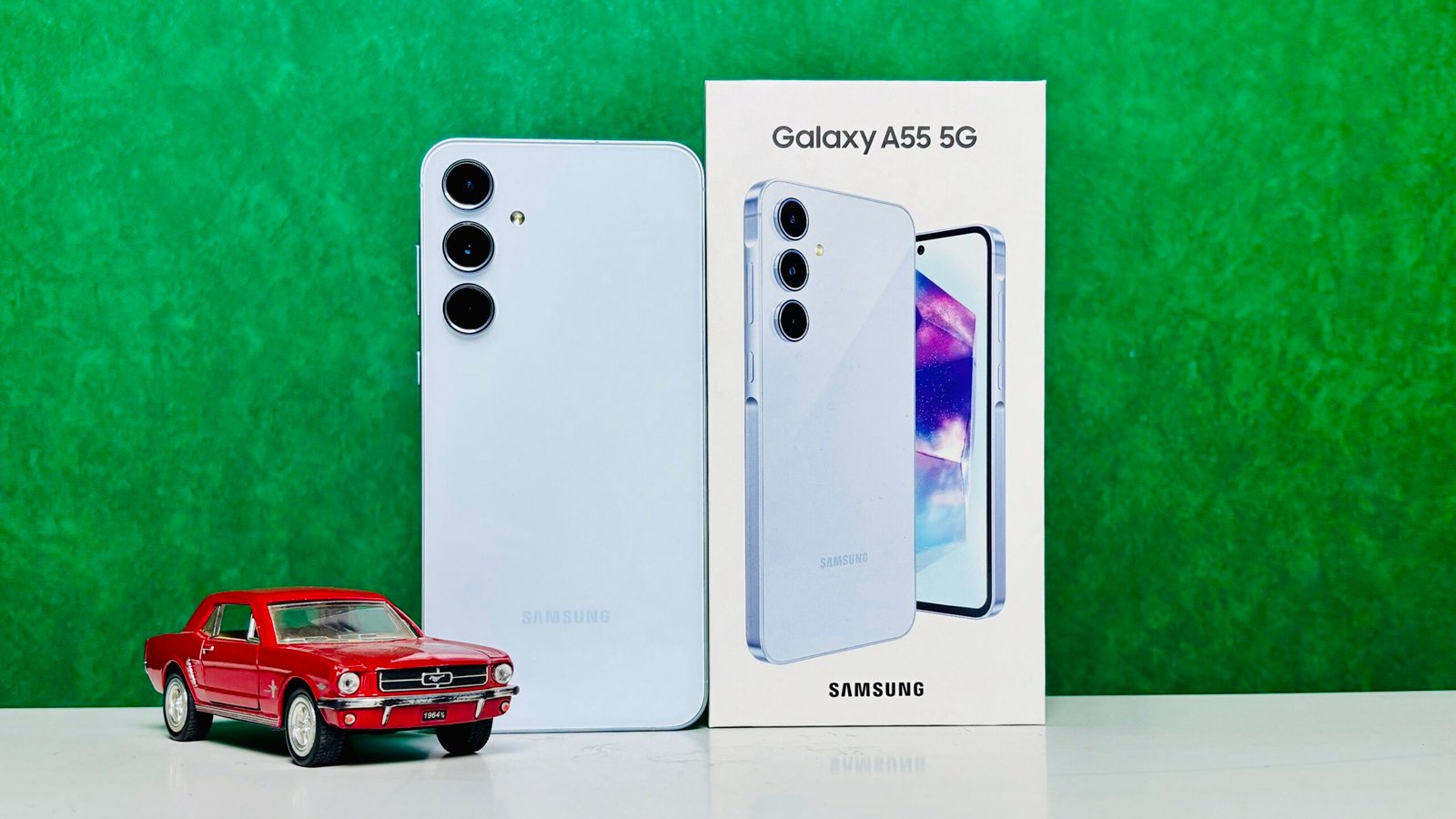
Add Comment